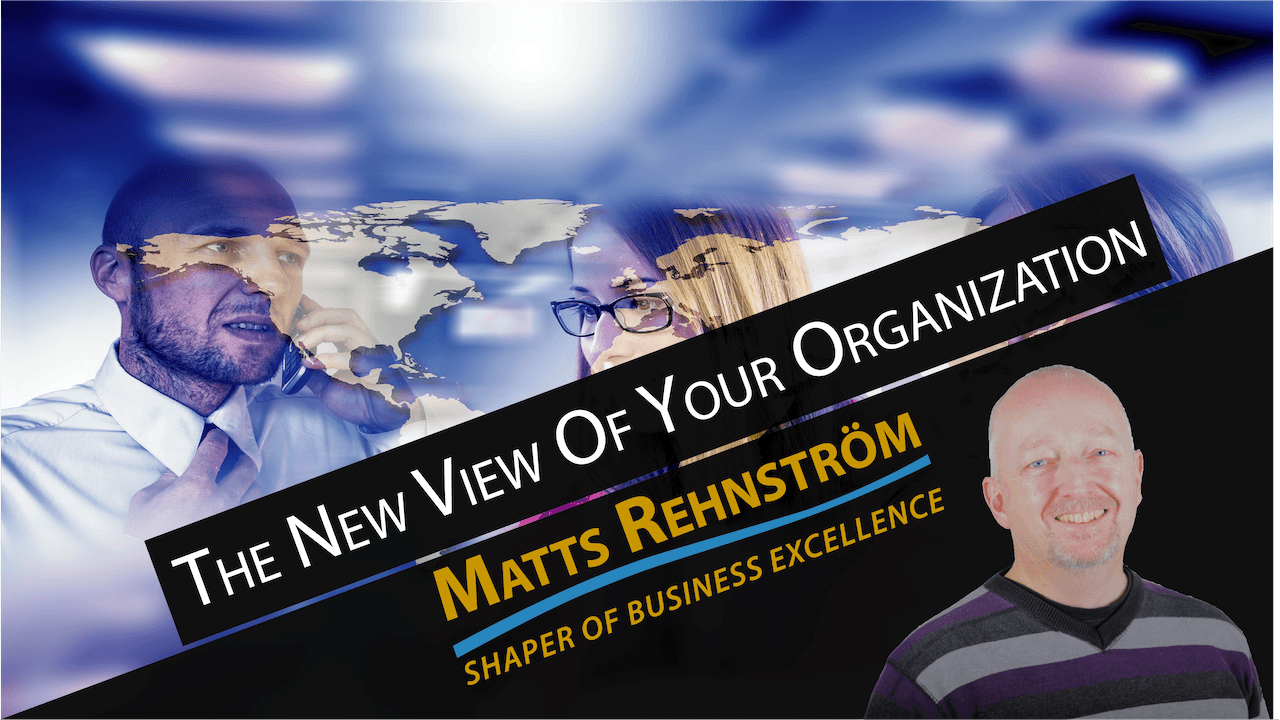The fact that we live in a time where technology is rapidly changing, could not have escaped anyone, but do you choose to be an active participant or do you just talk about it with amazement during coffee breaks?
According to Ray Kurzwail, writer of the New York Times best-selling book, The Singularity is Near, the time in-between big changes in society is reduced by 50% every ten years. Kurzwail predicts that the next big change is going to take place around 2020. His prediction is of the emergence of nanotechnology, which will finally enable man and machine to become one. This will also eliminate a lot of the illness that we have today, as we are and will be increasingly capa ble of fixing any defects using these very small technological servants. Technology is changing rapidly, TV, phones, computers and more are developing at an tremendous pace. If you ever were doubtful of buying something because you were afraid that you would get yesterday’s model, that feeling is just a fraction of what you will feel tomorrow.
ble of fixing any defects using these very small technological servants. Technology is changing rapidly, TV, phones, computers and more are developing at an tremendous pace. If you ever were doubtful of buying something because you were afraid that you would get yesterday’s model, that feeling is just a fraction of what you will feel tomorrow.
How does that impact on your business? Does it have an impact at all? Of course it does. Technology companies are in the eye of the storm. In 2009 Nokia had 38% of the smart-phone market with its Symbian platform, today at the end of 2012 they have around 3%! That’s a drop of 35% in three years. How will, organizations not seeing themselves as technology organizations be affected?
Take the 3D printers as an example. A couple of years back the 3D printer was seen as a thing for the future. Guess what, that future is here now. A couple of years ago a 3D printer was only for the companies that specialize in working with 3D models for other industries. Today the development has focused on the initial plastic-3D printers, but now it is possible to create metal structures with metal-3D printers and there is also the development of bio-3D printers that print biological material such as ears and heart valves. Today you are able to buy a plastic-3D printer to have in your home, for just over €1.200/$~1.800. You are able to model your own 3D things on your computer by using 3D modeling software, and then print them in your own office, like printing a simple document. I read an article about a guy that bought one of these printers and made his own spare parts for his broken washing machine and also printed his own Lego building bricks. How does this impact on the business model of Lego, when people can start printing their own parts? They have to change of course. They have to continue giving the customer a value, which would not be buying parts of expensive plastic in a box. Maybe the customer would be able to get the parts themselves but maybe not the advanced blue prints?
There are opportunist advantages to be taken here. Maybe you could provide your customers with the 3D layout and they print it out home. It could mean that a spare part for some household device or even your car, would sent over digitally and printed in your own home.
Another part of technological development, is that the people who your business will hire in a couple of years, are used to managing technology in different ways than your current resources allow. They have grown up with these things to hand. They have been born into this technological society. Over the weekend my daughter played with a friend. They were drawing pictures, watching TV together, and playing with plastic figures (not yet printed on our own 3D printer) and having a really good time. This continued for four or so hours. What amazed me was that they had such a good time, whilst my daughter was in her room in the northern part of Sweden and her friend was in Mexico! They had this ‘good time’ over Skype, sharing TV, drawings, and other things directly with each other.
How do you set up your organization to welcome my daughter and her friend when you need their assistance in a few years time? Do you greet them with rules that state that social media is prohibited during work hours? Do you greet them with old fashioned thoughts, outdated IT systems, and ancient equipment?
You have to take a deep look at both your business model and your internal technological environment. You have to make sure that you survive the changes that are ahead. You do need the processes in place to make sure that you are not overrun by some new business model built on the new technology or that the resources you need to choose go to someone else.
To your Excellence!
Matts
PS.
If you want to have more free material regarding Business Excellence, please sign up for the newsletter on the right hand side.


